Python Check List Empty
Non-Implicit Method to Check if a List is Empty:
The non-implicit method to check if a list is empty involves comparing the length of the list to zero using the comparison operator (==).
Example:
“`
my_list = []
if len(my_list) == 0:
print(“The list is empty”)
“`
Using Comparison Operator to Check if a List is Empty:
Another straightforward method to check if a list is empty is by using the comparison operator (==) directly on the list.
Example:
“`
my_list = []
if my_list == []:
print(“The list is empty”)
“`
Using len() Function to Check if a List is Empty:
The len() function in Python returns the length of an object. To check if a list is empty, we can use the len() function and compare its result to zero.
Example:
“`
my_list = []
if len(my_list) == 0:
print(“The list is empty”)
“`
Using Conditional Statement to Check if a List is Empty:
We can also use a conditional statement in Python to check if a list is empty. The `not` keyword negates the truth value of the expression, so `not my_list` evaluates to `True` if the list is empty.
Example:
“`
my_list = []
if not my_list:
print(“The list is empty”)
“`
Using Try-Except Block to Check if a List is Empty:
An alternative method to check if a list is empty is by utilizing a try-except block. We can try to access the first element of the list and catch the IndexError that would occur if the list is empty.
Example:
“`python
my_list = []
try:
first_element = my_list[0]
except IndexError:
print(“The list is empty”)
“`
Using All() Function to Check if a List is Empty:
The all() function in Python returns True if all elements of an iterable are true. By passing the list as an argument to the all() function, we can determine if every element of the list is true or not. If the list is empty, the all() function will return True.
Example:
“`python
my_list = []
if all(my_list):
print(“The list is not empty”)
“`
Performance Comparison of Different Methods to Check for an Empty List:
Each method discussed above has its own advantages and disadvantages in terms of readability, simplicity, and performance.
The non-implicit method, using the len() function, and using conditional statements are the most commonly used methods to check for an empty list. They are simple and performant. However, the try-except block approach and using the all() function can add some complexity and overhead.
In terms of performance, the len() function and the non-implicit method are the fastest, as they do not require any additional computations. The try-except block can be slightly slower due to the exception handling mechanism, and the all() function may have some performance impact if dealing with large lists.
When choosing a method to check for an empty list, consider the specific requirements of your program, the expected size of the list, and the trade-offs between performance and simplicity.
FAQs:
Q: What is an empty list in Python?
A: An empty list in Python is a list object that does not contain any elements. It has a length of zero.
Q: How can I check if an object is empty in Python?
A: The methods discussed in this article, such as comparing the length of the object to zero or using a conditional statement, can be used to check if an object is empty in Python.
Q: Can I check if a numpy array is empty using these methods?
A: Yes, the methods described in this article can be used to check if a numpy array is empty. The numpy array can be treated as a list in this context.
Q: How can I check if a variable is empty in Python?
A: The methods mentioned in this article, such as using a comparison operator or a conditional statement, can be used to check if a variable is empty in Python.
Q: Can I check if a string is empty using these methods?
A: Yes, the same methods discussed in this article can be used to check if a string is empty. In Python, an empty string is considered as a sequence of length zero.
Q: How can I check if a list contains another list in Python?
A: To check if a list contains another list, you can use the `in` operator in a conditional statement. For example: `if sublist in my_list: …`.
Q: How can I write a Python program to check if a list is empty or not?
A: You can choose any of the methods discussed in this article, based on your requirements, to write a Python program that checks if a list is empty or not.
Conclusion:
Checking if a list is empty is a common task in Python programming. In this article, we explored different methods to perform this check, including comparing the length of the list, using conditional statements, using try-except blocks, and utilizing the all() function. We also discussed the performance considerations and provided answers to some frequently asked questions related to this topic. By understanding these methods, you will be able to effectively handle empty lists and improve the reliability of your Python programs.
#Python For Check A List Empty Or Not
Keywords searched by users: python check list empty Empty list Python, Check object empty Python, Check numpy array empty, If variable is empty Python, Python check array empty or not, Check empty string Python, Check list contains list python, Write a Python program to check a list is empty or not
Categories: Top 46 Python Check List Empty
See more here: nhanvietluanvan.com
Empty List Python
Python is a versatile programming language known for its simplicity and elegance. One of its fundamental data structures is a list, which allows programmers to store and manipulate collections of data efficiently. In Python, an empty list is a special type of list that contains no elements. In this article, we will explore various aspects of empty lists in Python, from creating and accessing them to common use cases and practical examples.
Creating an empty list in Python is incredibly easy. You can initialize an empty list by using empty square brackets, as shown below:
“`python
my_list = []
“`
This creates a new empty list and assigns it to the variable `my_list`. It’s important to note that an empty list is different from a `None` value, which signifies the absence of a value. An empty list still exists as a valid object and can be utilized in various ways.
Accessing and Modifying Empty Lists
——————————————————
Even though an empty list contains no elements, it still supports various operations. You can access its length using the `len()` function, which returns 0 for an empty list. For instance:
“`python
empty_list = []
print(len(empty_list)) # Output: 0
“`
Similarly, you can iterate over an empty list using a loop construct, such as a `for` loop. Since there are no elements to iterate through, the loop will simply be skipped.
Although an empty list cannot be indexed (i.e., accessed using an index value), you can still modify it by adding or removing elements. You can use the `append()` method to add elements to an empty list:
“`python
empty_list = []
empty_list.append(42)
“`
Now, the empty list contains a single element, which is the number 42.
Common Use Cases and Practical Examples
———————————————————–
Empty lists have various practical applications in Python programming. Let’s explore a few common use cases:
1. Initialization: Empty lists are often used to initialize variables that will be populated with data later. For instance, you might initialize an empty list to store user input or data retrieved from a database.
2. Dynamic List Building: Empty lists can be useful when dynamically building lists in response to certain conditions or events. You can append elements to an empty list based on user input, file contents, or network responses.
3. Accumulation: An empty list can serve as a container for accumulating values. For example, you might iterate over a dataset, performing calculations, and storing intermediary results in an empty list.
4. Default Values: An empty list can be used as a default parameter value for a function. If no value is passed to the function, it can safely assume an empty list and start processing based on this assumption.
To illustrate these use cases, consider the following example:
“`python
def process_data(data=[]):
if not data:
data = [1, 2, 3] # Default value if no data provided
# Perform operations on the data list
result = sum(data) # Sum all elements
return result
print(process_data()) # Output: 6
print(process_data([4, 5, 6])) # Output: 15
“`
In this example, the `process_data()` function receives a list of data. If no data is provided, it assumes an empty list and uses a default list [1, 2, 3]. By summing all elements of the list, the function returns the expected result.
FAQs
————————————————————–
Q: Can I assign a value to the first element of an empty list?
A: No, since the list has no elements, you cannot assign a value at any index, including the first index.
Q: How do I check if a list is empty?
A: You can use the `len()` function to determine if a list is empty. If the length of the list is 0, it is empty.
Q: Can an empty list be used as a key in a dictionary?
A: Yes, an empty list can be used as a key since it is a valid and immutable object.
Q: Can I change the type of an empty list to a non-empty list?
A: Yes, you can assign a new list with elements to the same variable that previously held an empty list.
Q: How does an empty list differ from a None value?
A: An empty list is still a valid object that occupies memory, while None signifies the absence of a value.
In conclusion, empty lists in Python provide a versatile and efficient way to handle an absence of data or initialize variables for later use. They can be modified, accessed, and used in various operations. Understanding their properties and use cases can greatly enhance your Python programming skills.
Check Object Empty Python
Python is a versatile and dynamic programming language known for its vast array of built-in functions and methods. One common operation in Python is to check whether an object is empty. Whether you are working with lists, dictionaries, sets, or custom objects, it is essential to determine if they are empty before proceeding with any operations or manipulations. In this article, we will explore various techniques to check if an object is empty in Python and provide practical examples for each method.
Understanding Empty Objects:
Before diving into the methods of checking for empty objects in Python, it is important to understand what an empty object means. An empty object refers to a data structure that contains no elements or has a size of zero. Depending on the data type, empty objects may take different forms, such as an empty list [], an empty dictionary {}, an empty set set(), or an instance of a class with no attributes or values.
Method 1: Using the len() Function
The len() function is a built-in Python function that returns the number of elements in an object. By utilizing this function, we can easily check if an object is empty by comparing its length to zero.
Example:
“`python
my_list = []
if len(my_list) == 0:
print(“The list is empty.”)
“`
This simple comparison allows us to determine whether the list is empty or not. Similarly, you can use the len() function to check for emptiness in other data types such as dictionaries or sets.
Method 2: Using the bool() Function
In Python, the bool() function is used to convert a value into its corresponding Boolean representation. Objects in Python have a truth value, where empty objects are considered False, while non-empty objects are considered True.
Example:
“`python
my_dict = {}
if not bool(my_dict):
print(“The dictionary is empty.”)
“`
By applying the bool() function and negating the result, we can effectively check if the dictionary is empty or not. This method works well for most Python built-in data types.
Method 3: Using the not keyword
In Python, the not keyword is used to negate the truth value of an expression. It can be applied directly to an object to check if it is empty.
Example:
“`python
my_set = set()
if not my_set:
print(“The set is empty.”)
“`
By checking the truth value of the set using the not keyword, we can determine whether the set is empty or not. This method is concise and particularly useful when dealing with empty sets.
Method 4: Using the any() or all() Functions
The any() and all() functions are built-in Python functions that operate on an iterable object. The any() function returns True if at least one element in the iterable is True, while the all() function returns True only if all elements in the iterable are True.
Example:
“`python
my_tuple = ()
if not any(my_tuple):
print(“The tuple is empty.”)
“`
By passing an iterable object, such as a tuple, to the any() function, we can ascertain if the tuple is empty or not. Similarly, the all() function can also be used to identify empty objects if needed.
Frequently Asked Questions (FAQs):
Q1: Can I use these methods to check for emptiness in custom objects?
Yes, the methods mentioned above apply to custom objects as well. As long as your custom object defines a length, has a truth value, or can be used in an iterable context, you can utilize the relevant method to check for emptiness.
Q2: How do I check if a string is empty?
Since strings are iterable in Python, you can apply any of the mentioned methods. For example, using the len() function:
“`python
my_string = “”
if len(my_string) == 0:
print(“The string is empty.”)
“`
Alternatively, you can apply the bool() function or the not keyword to check for an empty string.
Q3: Are there any performance differences between these methods?
In most cases, the performance differences among these methods are negligible. However, using the len() function tends to be slightly faster when checking for emptiness in lists, dictionaries, or sets, as it directly compares the length value. Nevertheless, the differences are usually insignificant and should not affect the overall program performance.
In conclusion, checking if an object is empty is an important task when programming in Python. By utilizing methods such as len(), bool(), the not keyword, any(), or all(), you can easily determine if an object is empty or contains elements. It is crucial to employ these techniques in order to handle empty objects properly and avoid any unexpected errors or malfunctions in your Python programs.
Check Numpy Array Empty
Introduction:
When working with data, whether it’s numerical analysis, machine learning, or scientific computing, the Numpy library in Python is widely used due to its efficient array operations and mathematical functions. One common task is to check if a Numpy array is empty or not. In this article, we will explore various methods for checking if a Numpy array is empty and learn how to handle empty arrays in different scenarios.
Methods to Check if a Numpy Array is Empty:
1. Using the “size” attribute:
The simplest way to check if a Numpy array is empty is by using the “size” attribute. The “size” attribute returns the total number of elements in the array. If the size is zero, it means the array is empty. Here’s an example:
“`
import numpy as np
arr = np.array([])
if arr.size == 0:
print(“Array is empty.”)
“`
2. Comparing with an empty shape:
Another approach is to compare the shape of the array with an empty shape. If the shape is empty, the array is considered to be empty. Here’s an example:
“`
import numpy as np
arr = np.array([])
if arr.shape == (0,):
print(“Array is empty.”)
“`
3. Using the “any” function:
The “any” function in Numpy returns true if any element in the array evaluates to true. We can use this function to check if the array is empty or not. If “any” returns false, it means that all elements are false or zero, indicating an empty array. Here’s an example:
“`
import numpy as np
arr = np.array([])
if not np.any(arr):
print(“Array is empty.”)
“`
Handling Empty Arrays:
Now that we know how to check if a Numpy array is empty, let’s discuss how to handle these empty arrays in different scenarios.
1. Initialization:
Empty arrays can be created explicitly using the “empty” function in Numpy. This function creates an array without initializing its entries. However, it is important to note that the array might contain garbage values. Here’s an example of initializing an empty array:
“`
import numpy as np
arr = np.empty((0,))
print(arr)
“`
It is a good practice to initialize the size of the array explicitly to avoid any confusion.
2. Handling Empty Results:
During mathematical operations or data manipulations, there might be cases where the result is empty. In such cases, it is important to handle these empty results appropriately. For example, when performing matrix multiplication, if one of the matrices is empty, the result will also be empty. By checking if any array is empty before performing operations, we can avoid unnecessary calculations or errors. Here’s an example:
“`
import numpy as np
arr1 = np.array([])
arr2 = np.array([1, 2, 3])
if arr1.size == 0 or arr2.size == 0:
print(“Empty matrix multiplication avoided.”)
else:
result = np.matmul(arr1, arr2)
print(result)
“`
FAQs:
Q1. Why does Numpy consider an empty list as a 1D array?
A1. Numpy considers an empty list as a 1D array because it doesn’t have any nested structure or dimensions. Therefore, Numpy treats it as one-dimensional with zero elements.
Q2. Can an empty Numpy array contain dimensions?
A2. No, an empty Numpy array doesn’t contain any dimensions. If you try to access the shape of an empty array, it will return (0,), indicating zero in all dimensions.
Q3. How can I initialize an empty multi-dimensional Numpy array?
A3. To initialize an empty multi-dimensional Numpy array, you can use the “zeros” function with the desired shape. For example, to create a 2D empty array of size (2, 3), you can use “np.zeros((2, 3))”.
Q4. Is there a performance difference between checking the size and comparing the shape of an empty Numpy array?
A4. No, there is no significant performance difference between checking the size and comparing the shape. Both approaches are equally efficient.
Q5. Can I append values to an empty Numpy array?
A5. Yes, you can append values to an empty Numpy array using the “append” function. However, keep in mind that each append operation involves copying the entire array to a new location, which can be inefficient for large arrays. It is recommended to pre-allocate the array size if possible.
Conclusion:
Checking if a Numpy array is empty is a crucial step in dealing with data analysis and scientific computing tasks. In this article, we explored different methods for checking if a Numpy array is empty and discussed how to handle empty arrays in various scenarios. By understanding these techniques, you can write more robust and efficient code when working with Numpy arrays.
Images related to the topic python check list empty
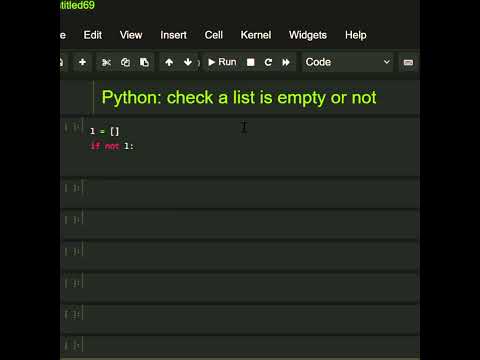
Found 48 images related to python check list empty theme
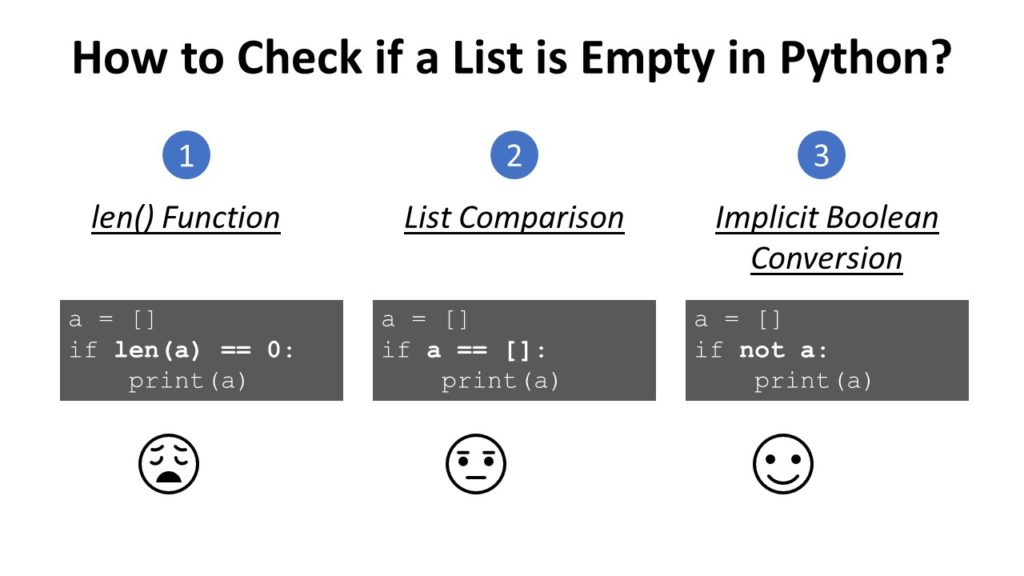


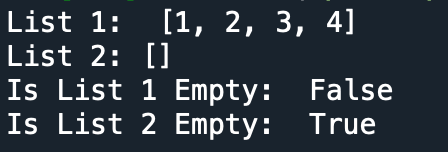




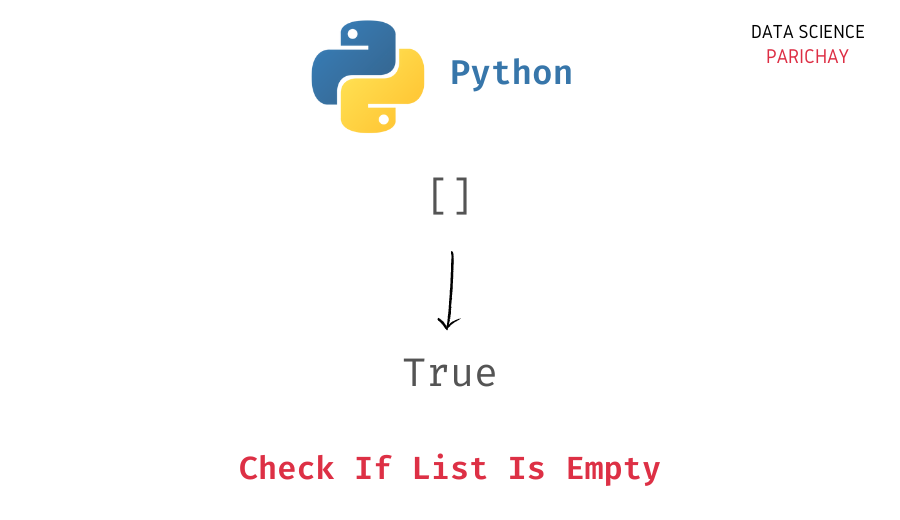





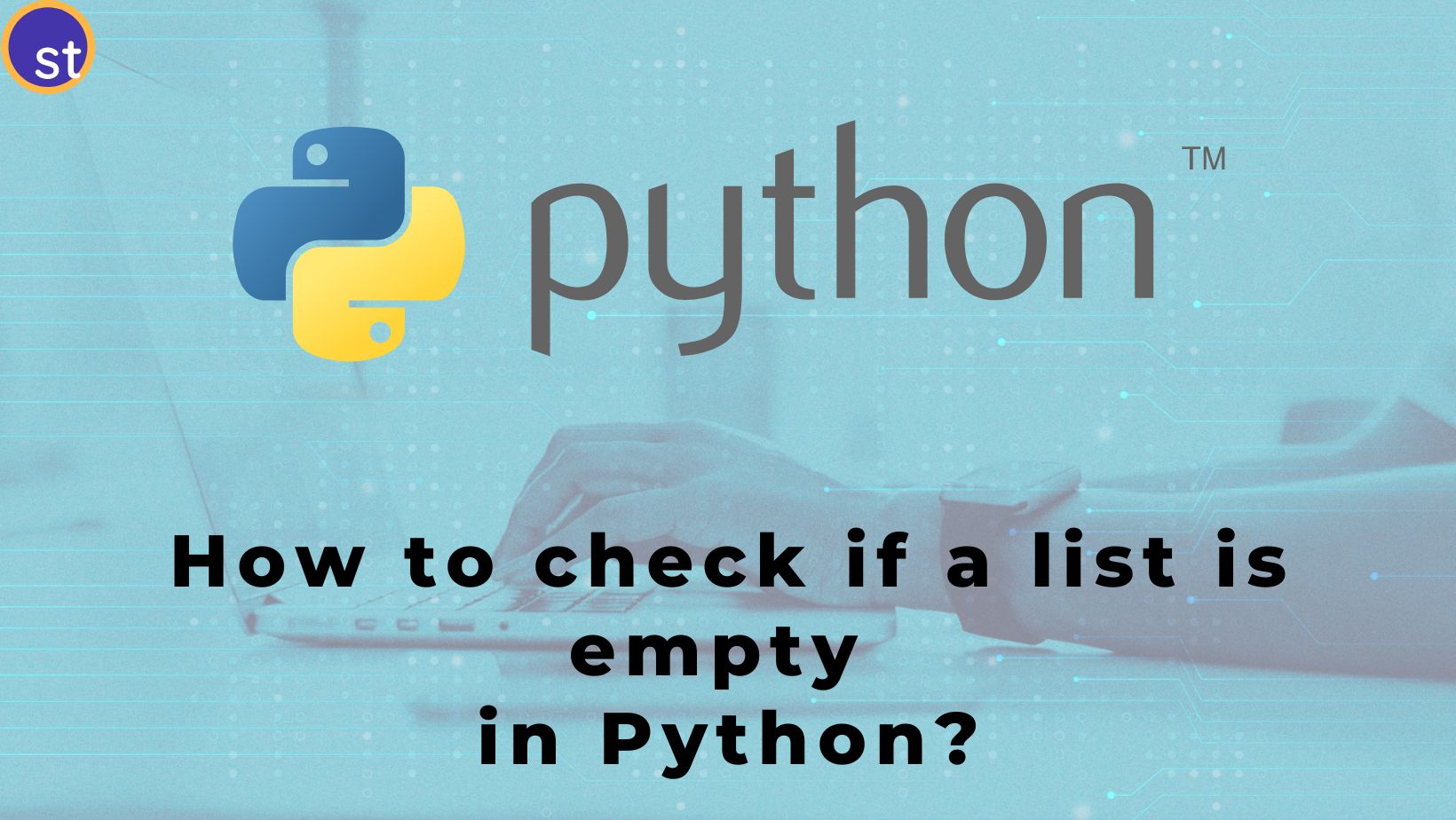
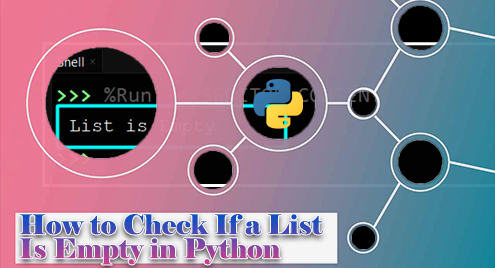


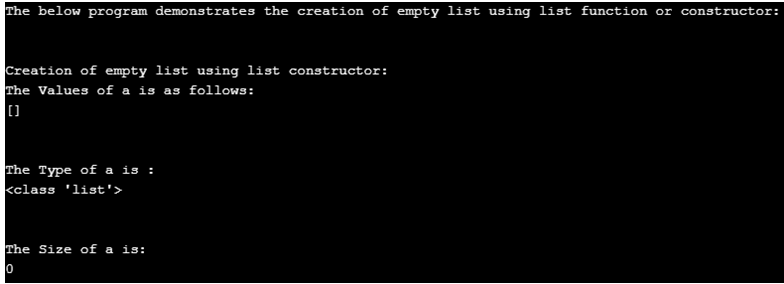
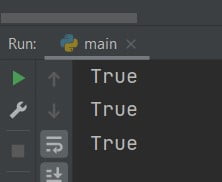
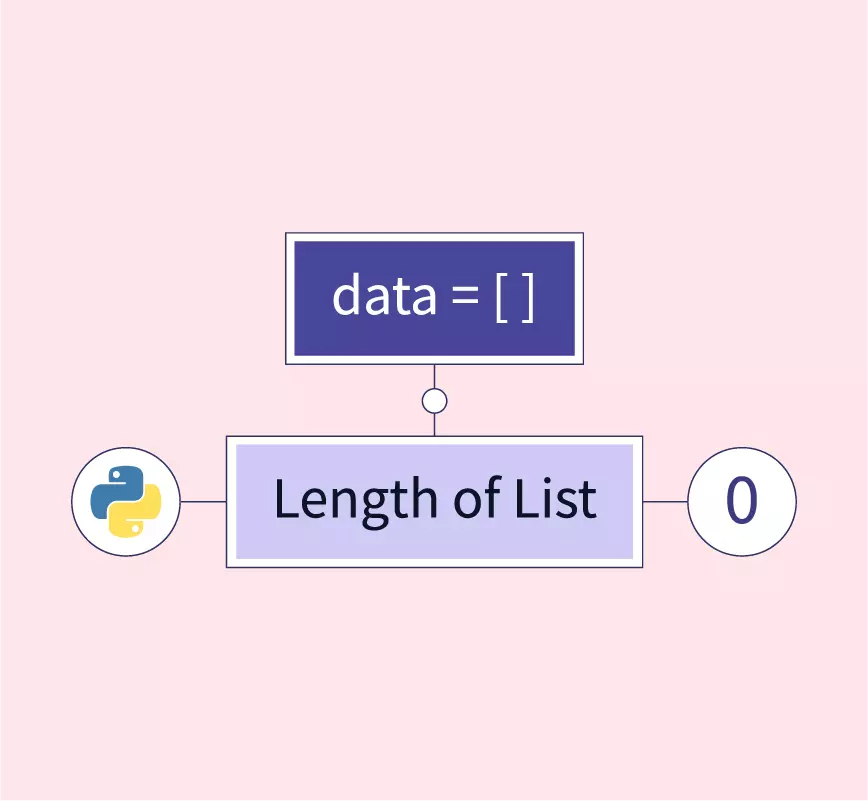
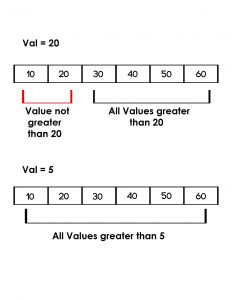

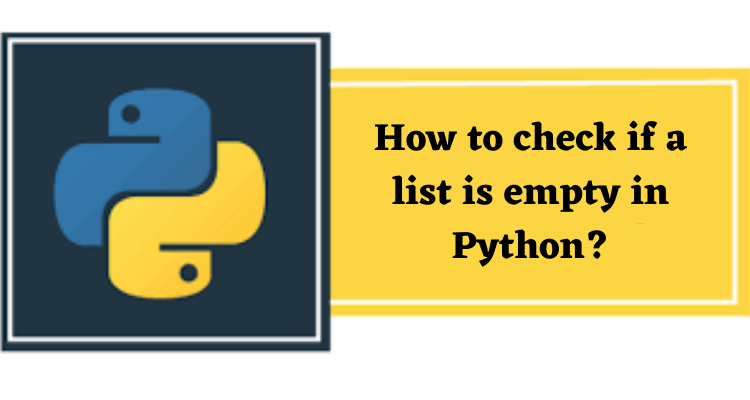



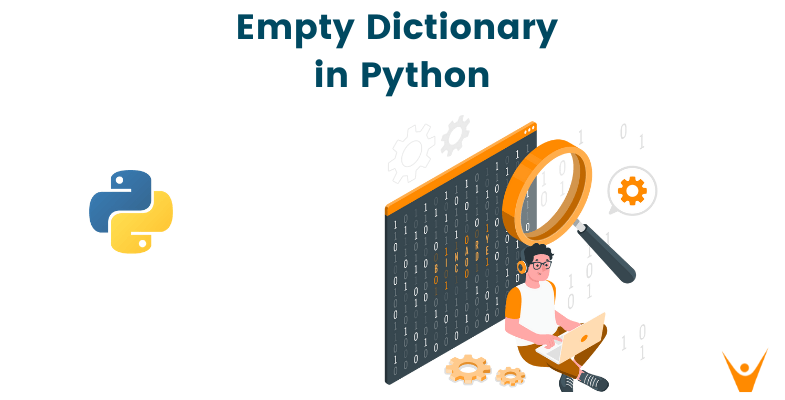
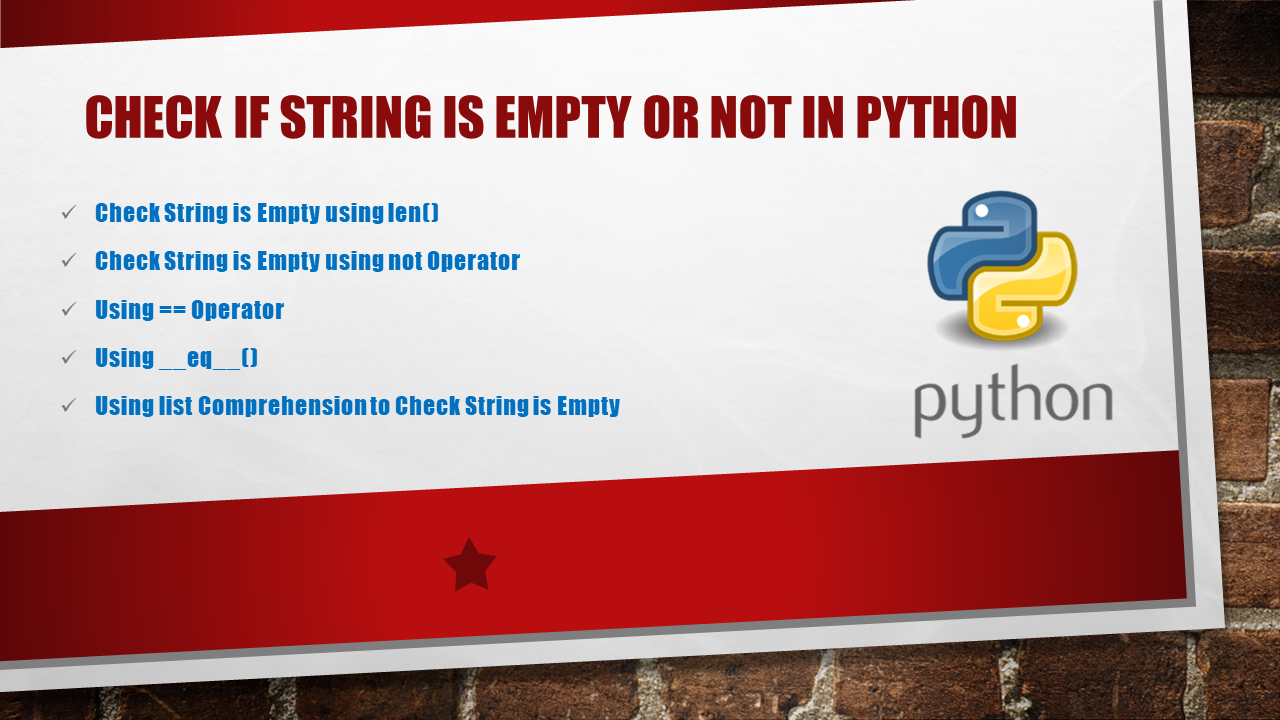
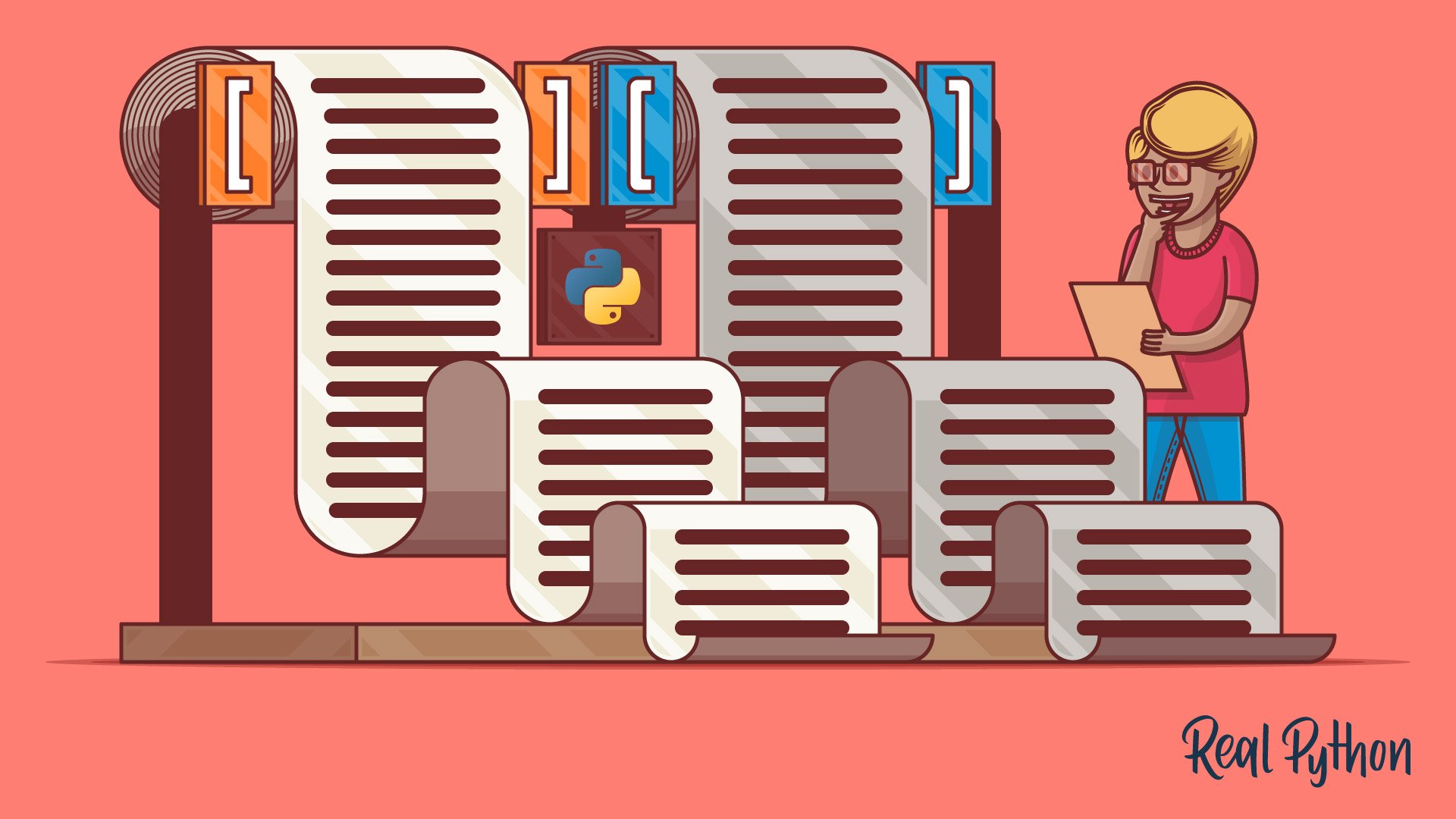






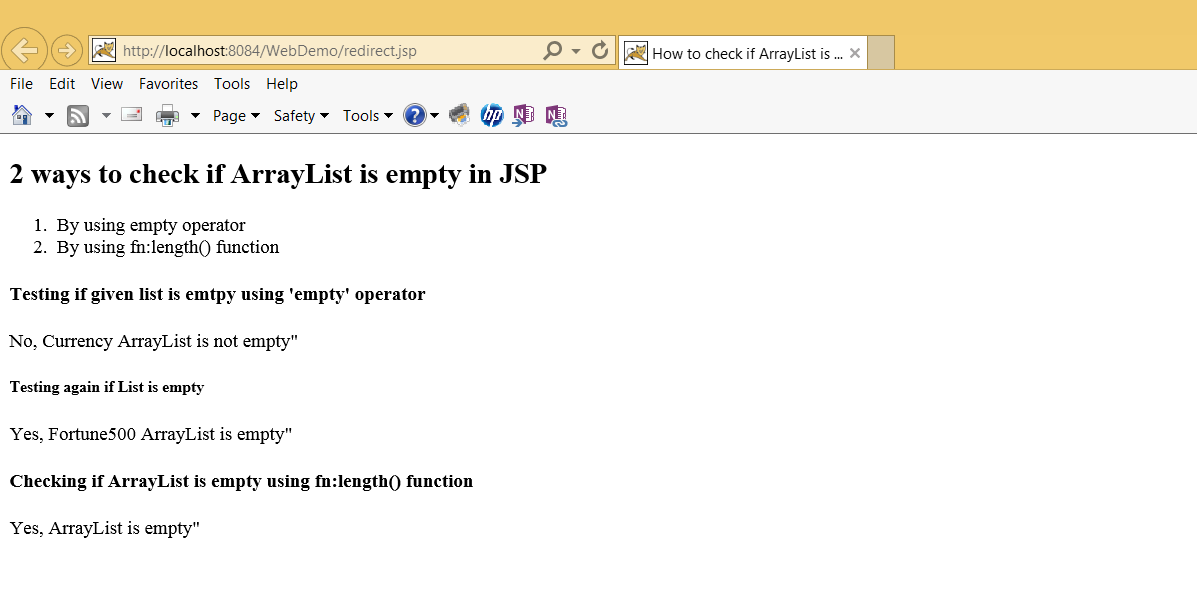
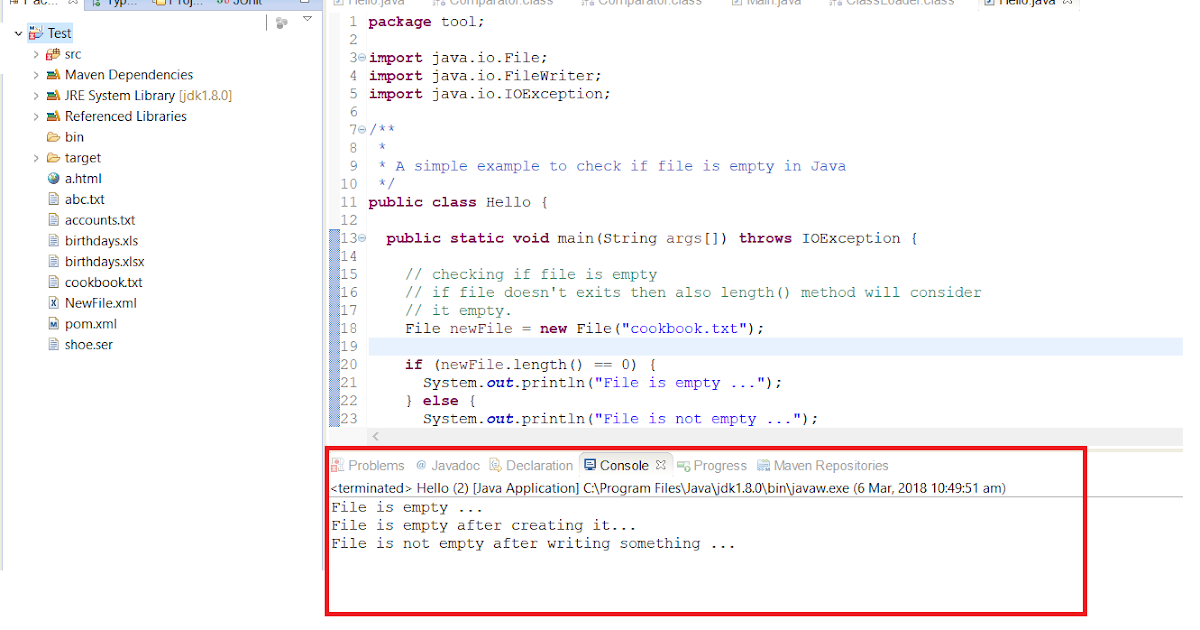

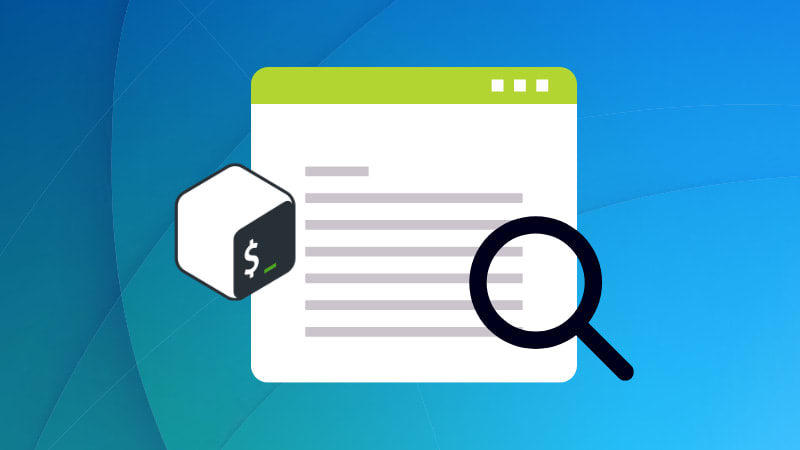

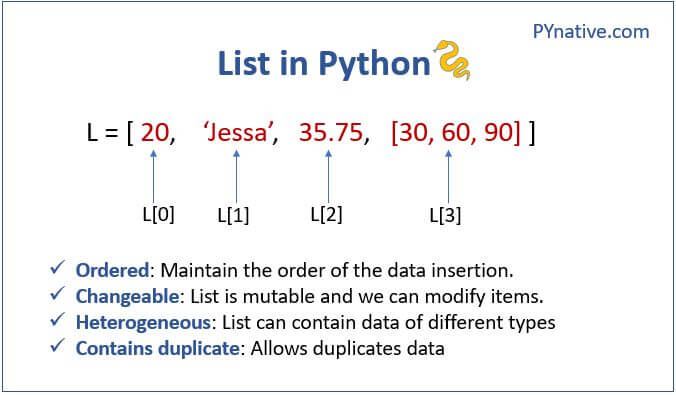

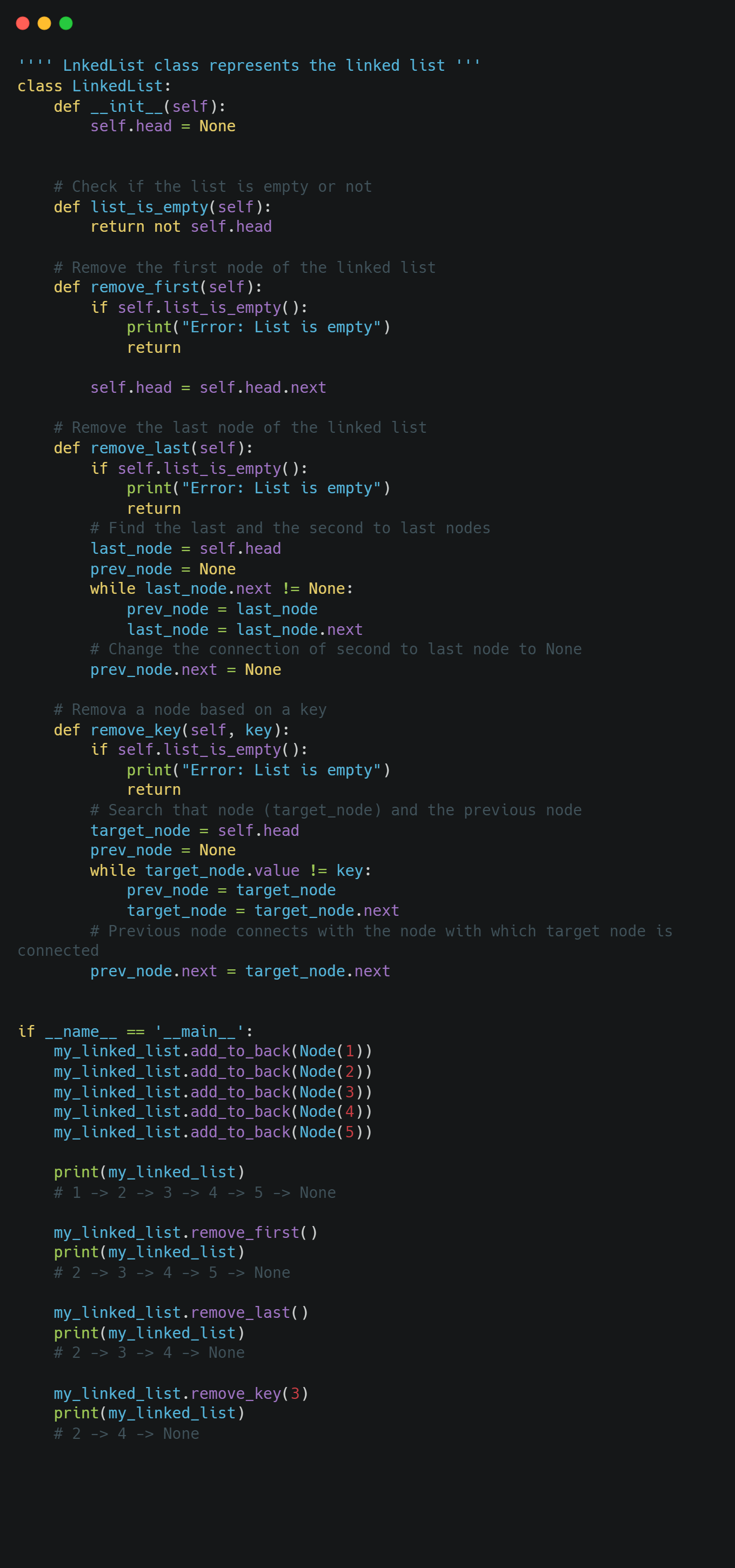
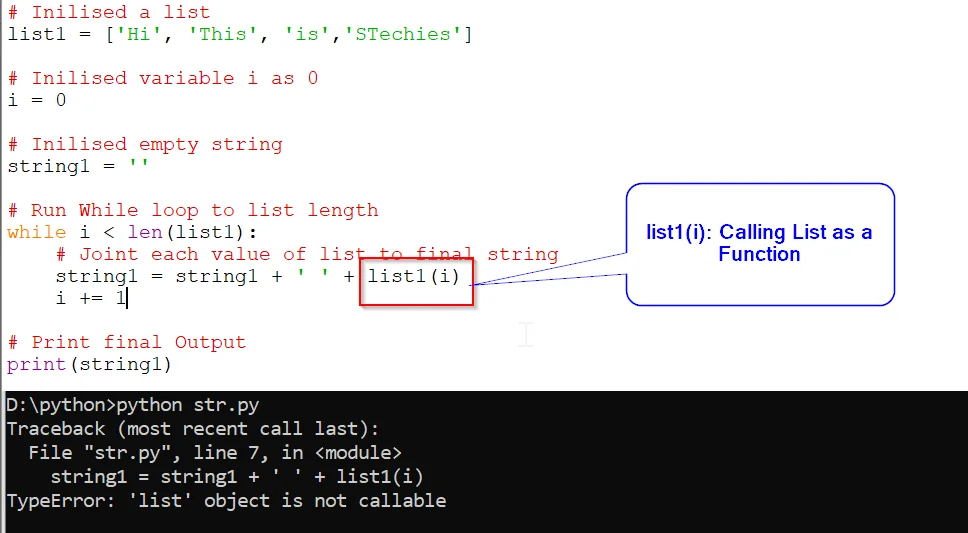





Article link: python check list empty.
Learn more about the topic python check list empty.
- How to check if a list is empty in Python? – Flexiple Tutorials
- How to check if a list is empty in Python – Tutorialspoint
- How do I check if a list is empty? – python – Stack Overflow
- Python isEmpty() equivalent – How to Check if a List is Empty …
- Python – Check if a list is empty or not – GeeksforGeeks
- Check if the List is Empty in Python – Spark By {Examples}
- How to Check if List is Empty in Python – Stack Abuse
- Here is how to check if a list is empty in Python – PythonHow
- How To Check If A List Is Empty In Python?
- Check if a list is empty in Python | Techie Delight
See more: nhanvietluanvan.com/luat-hoc